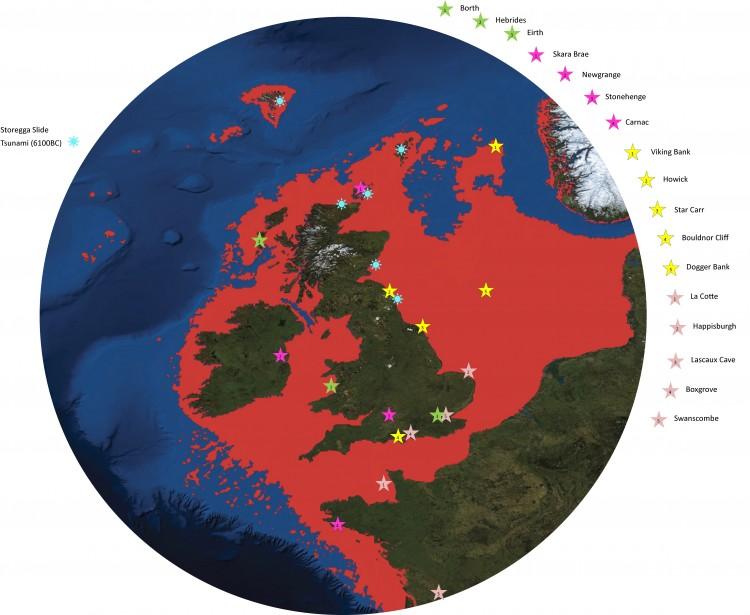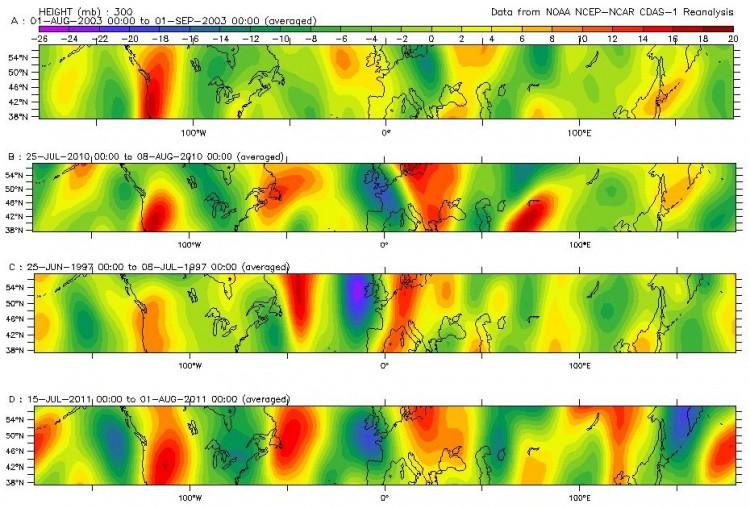Doggerland: Atlantis-Like Country Discovered off Scottish Coast
A vast underwater area in the North Sea may once have been home to tens of thousands of Stone Age people before suffering a devastating tsunami and gradually disappearing under rising sea levels.

A diver investigates large stones at doggerland. University of St Andrews
|Updated:






